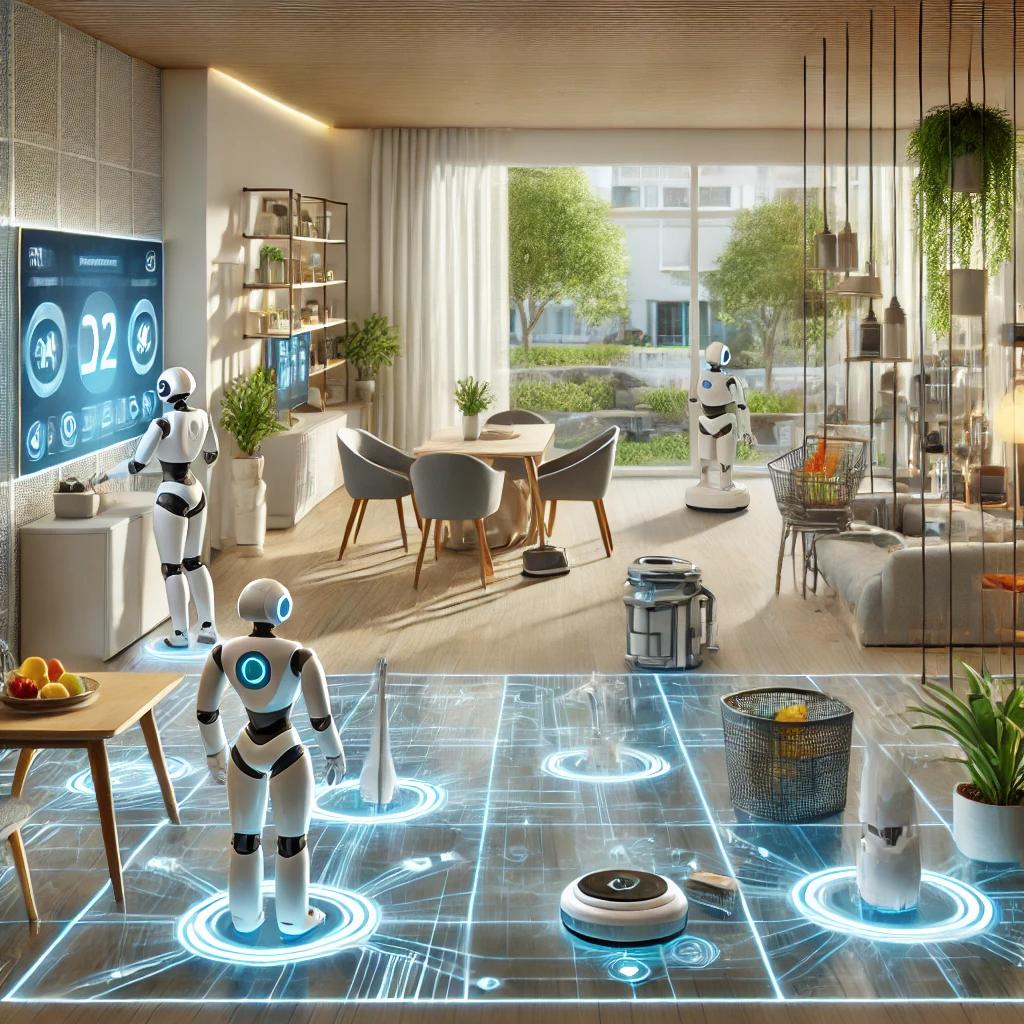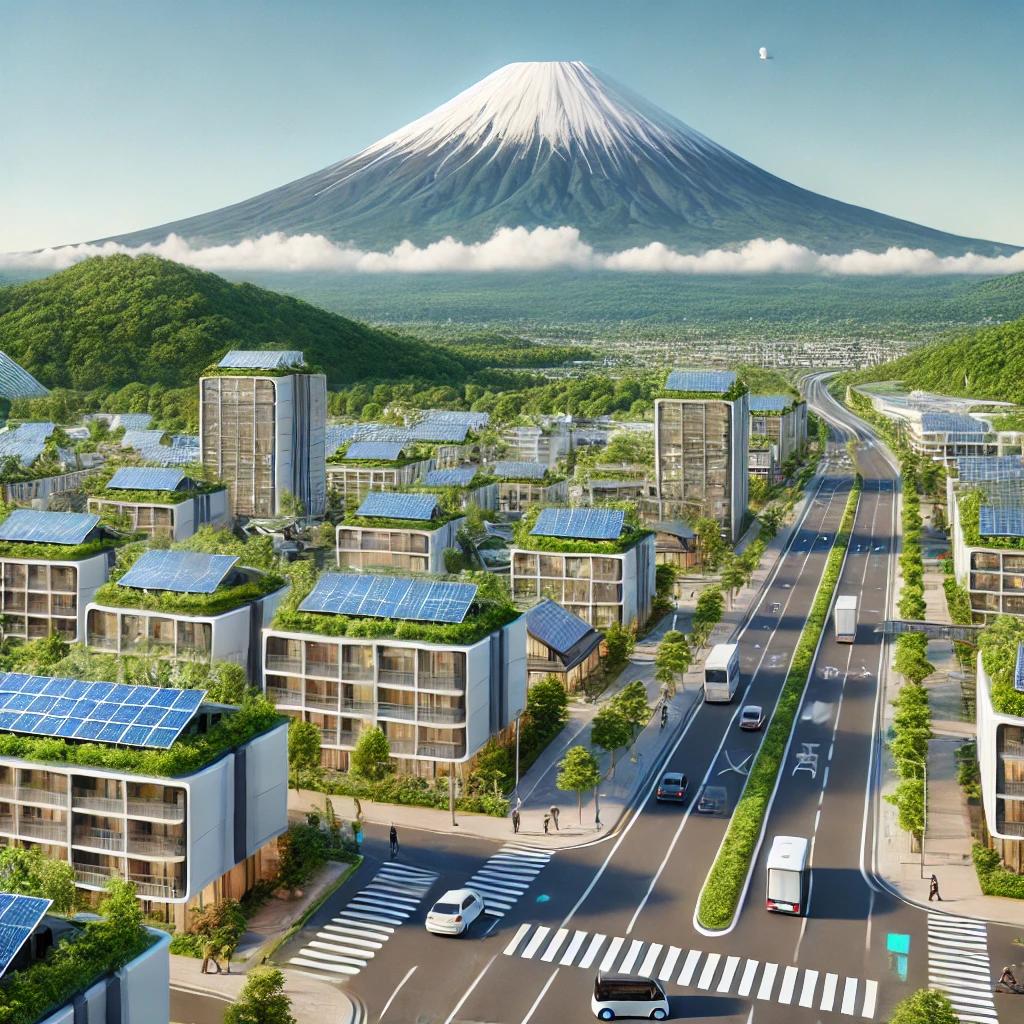Toyota is building a futuristic smart city at the base of Mount Fuji, Japan, called Woven City. Designed as a “living laboratory,” this $10 billion project will test cutting-edge technologies like driverless cars, robotics, and artificial intelligence (AI). The city aims to redefine how we live, work, and interact with technology.
A City Built for Innovation
The project, first announced in 2020, is now becoming a reality. Woven City is specifically designed for research and experimentation. Toyota plans to house its first 100 residents in 2025, eventually expanding to accommodate 2,000 people. These residents will include Toyota employees, scientists, and retirees who will test and refine technologies in real-world settings.
Unlike traditional cities, Woven City has streets with different purposes. There are three distinct types: one for pedestrians, one for slow-moving vehicles, and one for high-speed transportation. This unique design will make the city safer and more efficient.
Technology That Enhances Everyday Life
At the heart of Woven City are smart homes powered by renewable energy. These homes will feature AI systems capable of monitoring residents’ health and assisting with daily tasks. Solar panels, hydrogen power, and rooftop gardens ensure sustainability while reducing environmental impact.
Robots will also play a big role. In these homes, robotics will handle chores like cleaning and grocery deliveries. For example, home assistants can bring groceries from an underground delivery system directly to the kitchen.
Another key innovation is the city’s focus on autonomous vehicles. Toyota’s e-Palette, an electric, self-driving shuttle, will serve as the primary mode of public transportation. These vehicles will move people and goods seamlessly, reducing traffic and improving urban mobility.

Collaboration for a Better Future
Toyota is not working alone. It has partnered with cutting-edge companies like Panasonic and other AI specialists to develop Woven City’s infrastructure. Researchers will use this urban testbed to refine technologies before scaling them globally.
This collaborative approach ensures that the city is not only innovative but also adaptable. Residents will provide feedback on technologies, allowing developers to make real-time improvements.
Why Woven City Matters
Woven City represents more than just a futuristic vision; it offers practical solutions to urban challenges. With cities around the world facing issues like overcrowding, pollution, and inefficiency, this project provides a blueprint for smarter urban development.
The city’s focus on sustainability aligns with global efforts to combat climate change. Its use of renewable energy and hydrogen fuel reduces carbon emissions, setting an example for other cities to follow.
Additionally, its design prioritizes safety and quality of life. Autonomous vehicles, for instance, can drastically reduce traffic accidents caused by human error.
A Vision of Tomorrow
Woven City is poised to be the ultimate testing ground for technologies that could transform how we live. With its first residents moving in soon, the world will closely watch how this experiment unfolds.
This project proves that technology, when used thoughtfully, can solve some of humanity’s most pressing problems. Toyota’s Woven City is not just a glimpse into the future—it’s a step toward it.

For more information about this groundbreaking project, check out Toyota’s official announcement.

